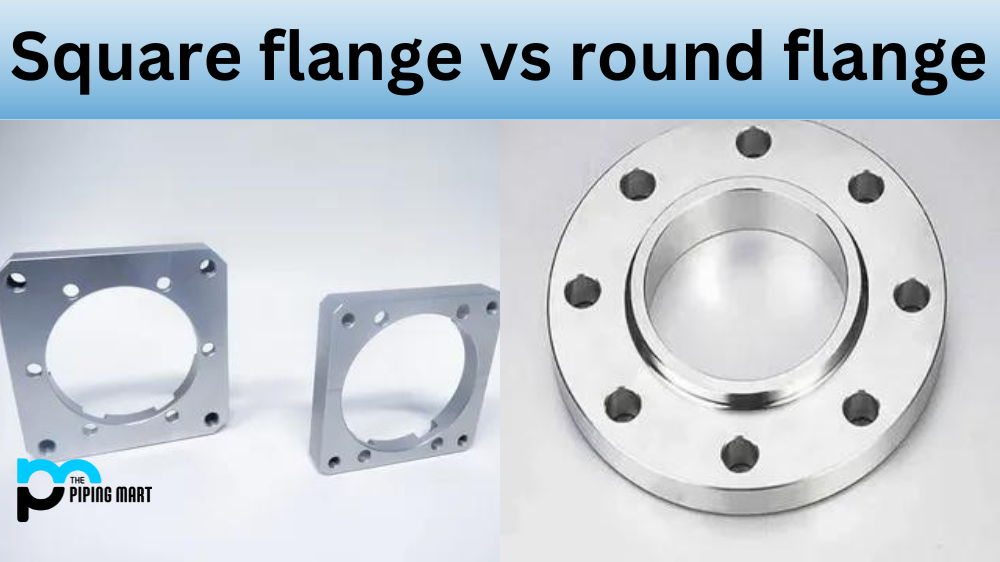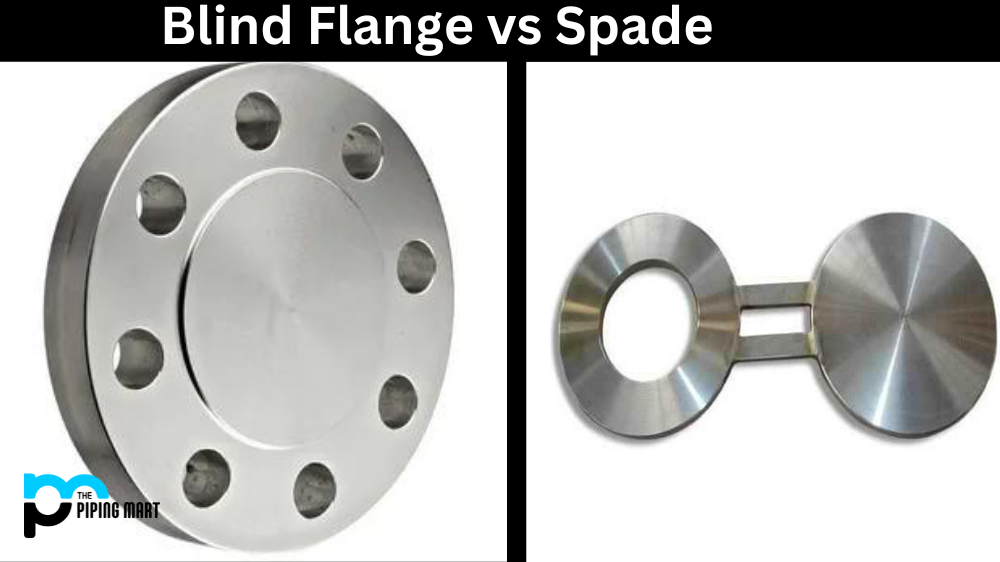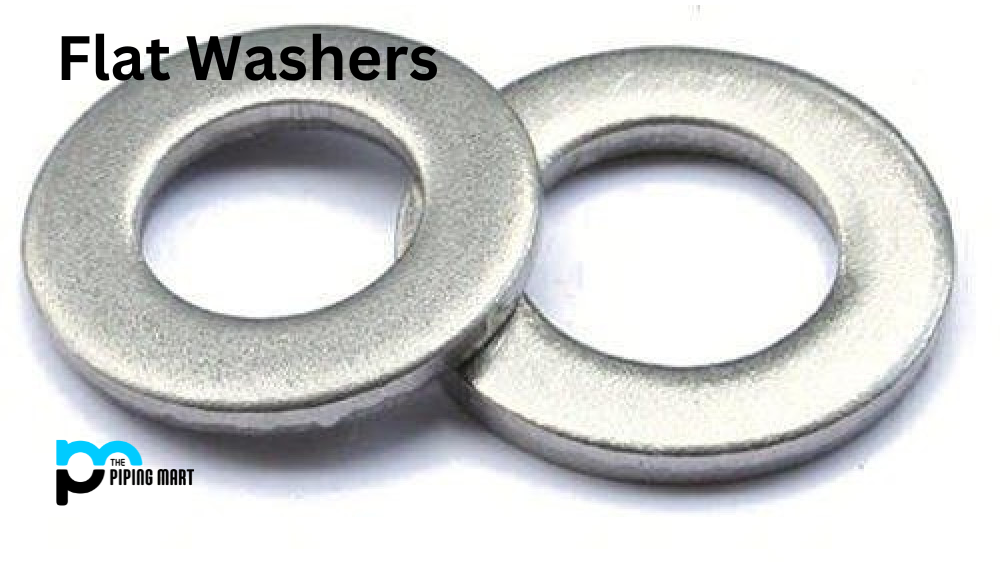Flanges are a type of hardware used to join two pieces of metal or plastic together. They come in many different shapes, sizes, and styles. Two of the most common flanges are square and round flanges. Let’s take a closer look at these two types of flanges and compare their similarities and differences.
Round Flange
A round flange is a circular component used in plumbing and piping systems to connect pipe sections or attach valves, pumps, or other equipment. It consists of a flat, circular disc with holes around the perimeter for bolts or screws to fasten it securely to another surface. Round flanges are typically made from materials such as steel, stainless steel, or brass, chosen for their strength and resistance to corrosion. They provide a stable and leak-proof connection between different system parts, enabling efficient fluid transfer and facilitating maintenance and repairs when necessary.
Square Flange
Square flanges, also known as raised faces or RF flanges, have four sides that form a square shape with bolt holes along each side. These holes can be securely fastened onto flat surfaces like walls or flat metal plates. Square flanges are typically stronger than round ones because they provide more surface area for tightening bolts against the joined material. They also offer better support for heavier equipment such as pumps and compressors because they spread out the stress caused by the weight more evenly across all four sides instead of just one side as round flanges do.
Difference Between Square Flanges and Round Flanges
Conclusion:
When choosing between round and square flanges, there is no one size fits all answer; it depends on your specific needs and application requirements. In general, round flanges are better for applications where aesthetics are essential, while square ones offer superior strength and stability for heavier loads or require extra support. No matter which you choose, make sure that you always use quality materials for your project to ensure maximum performance! Whether you’re a professional engineer working on an industrial project or a DIYer looking for quality hardware, understanding the difference between square vs round flange is key to making the right choice!

A passionate metal industry expert and blogger. With over 5 years of experience in the field, Palak brings a wealth of knowledge and insight to her writing. Whether discussing the latest trends in the metal industry or sharing tips, she is dedicated to helping others succeed in the metal industry.




